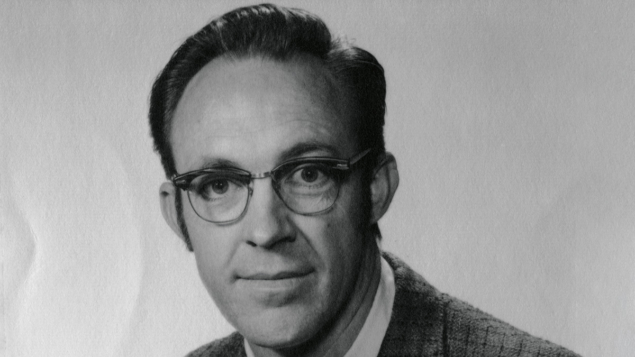
Glen Lambertson, one of the early giants of US accelerator physics, passed away on 30 August aged 94. Glen is best known for the injection/extraction magnet that bears his name. His greatest achievements, however, were, to quote from the American Physical Society (APS) 2006 Wilson Prize citation, “… fundamental contributions … in the area of beam electrodynamics including the development of beam instrumentation for the feedback systems that are essential for the operation of high luminosity electron and hadron colliders”.
Glen’s studies at the University of Colorado were interrupted by World War II, during which he saw action serving in the legendary 10th Mountain Division. Severely wounded in Northern Italy, his life was saved by the newly discovered wonder drug “penicillin”. (Incidentally, he remained an avid skier well into his 80s.) After the war he completed his degree at Colorado in engineering physics and did graduate work at the University of California, quickly becoming involved with accelerators. His first contact was as an operator of the 184-Inch Synchrocyclotron, where he commented that Ernest Lawrence would often reach over his shoulder to “tweak a knob”.
Glen played a large part in the design of the magnet system for the Bevatron at Lawrence Berkeley National Laboratory, and in 1960 was instrumental in the retrofitting of a resonant extraction system for this machine, vastly improving its performance and effectiveness as a discovery tool for the newly established field of particle physics. His patent for the “Lambertson magnet” is dated 1965, and this concept is still widely used for the injection and extraction of beams in synchrotrons and storage rings.
In the mid-1970s Glen was a major contributor to the ESCAR project – a first attempt to build a small (4 GeV) superconducting accelerator to provide data and experience for future large superconducting machines. While funds were not available to complete the project, two quadrants of dipoles were built and successfully tested, along with the necessary cryogenic and control-system infrastructures. Later in the 1970s, following the developments in stochastic cooling by Simon Van der Meer, Glen led the successful experiment to demonstrate stochastic cooling at the Fermilab 200 MeV cooling test ring. His techniques were transferred to rings at Fermilab and Brookhaven.
His most productive studies were in beam instabilities, in particular the instrumentation to detect and control electron-cloud instabilities. He was a key figure in the successful commissioning of both the PEP-II B-factory at SLAC, and the Advanced Light Source at Berkeley. He also had close contacts with CERN, serving as a visiting scientist in 1993 and later playing an important role in calculating the impedance of injection-line components for the LHC.
Glen’s work was widely recognised. In addition to the APS Wilson prize, he was an APS fellow and also won the US Particle Accelerator School Prize for Achievement in Accelerator Science and Technology.
His always relaxed demeanour and sage advice were a constant inspiration to us, and we forgave him his incredibly awful puns. Rest in peace, Glen!








